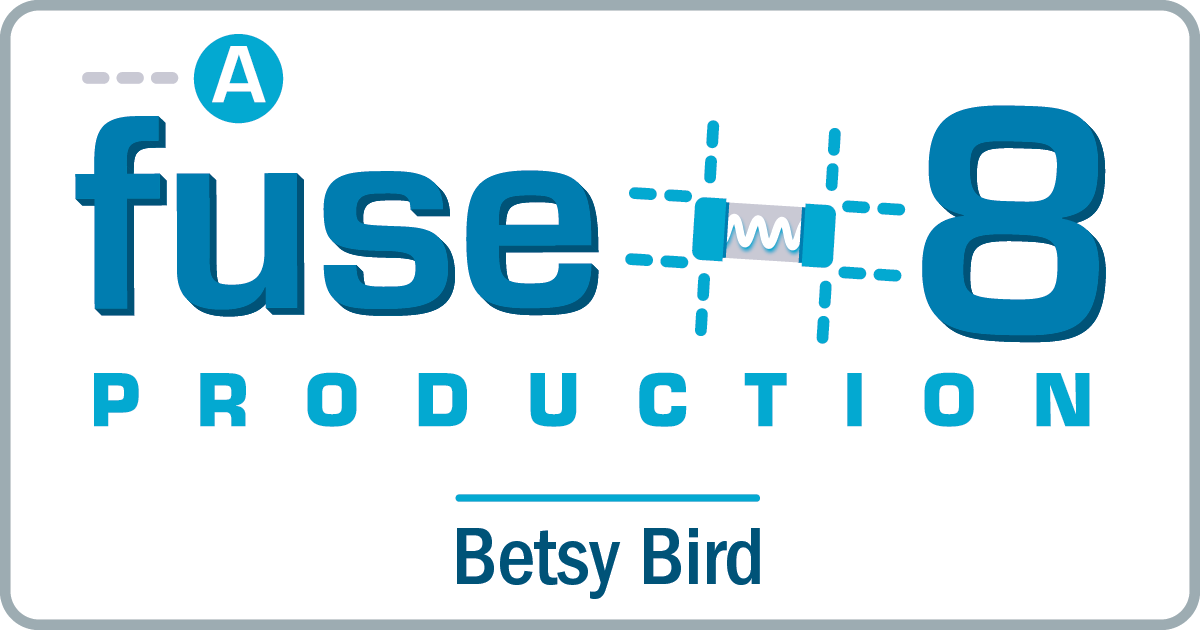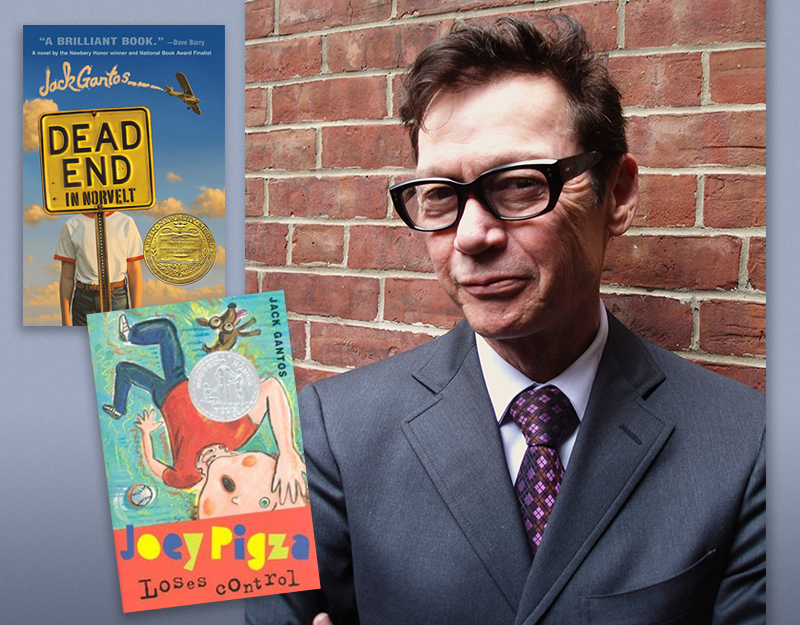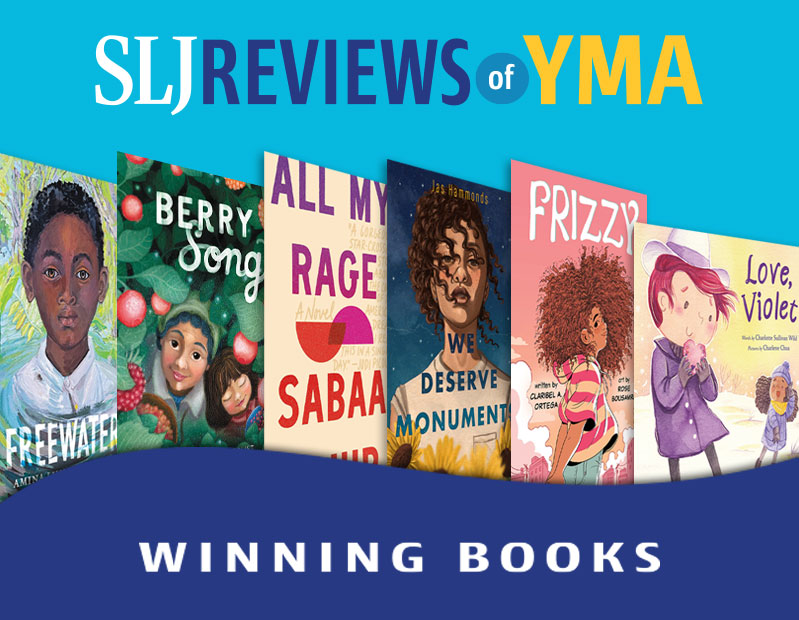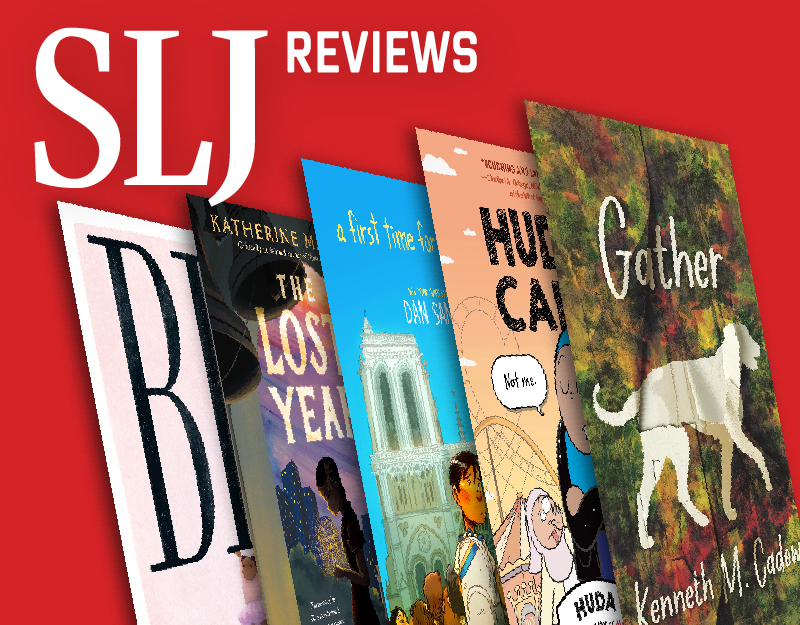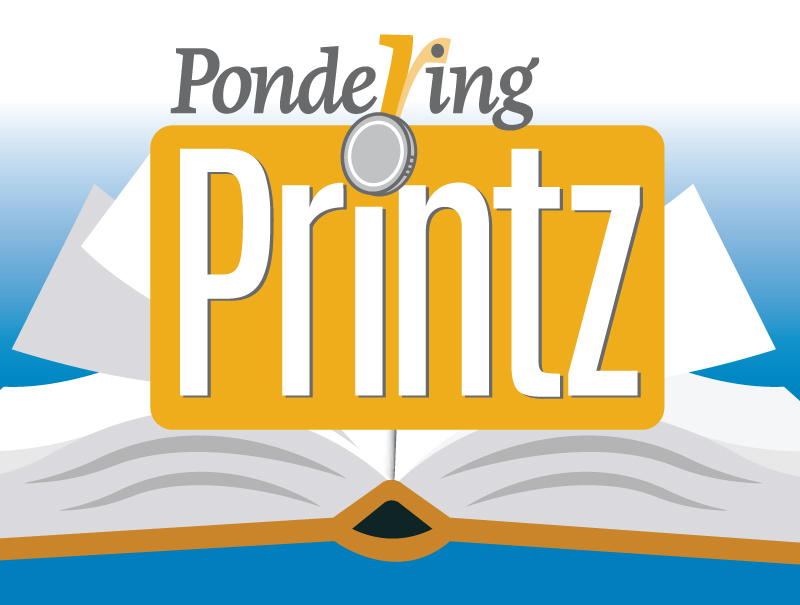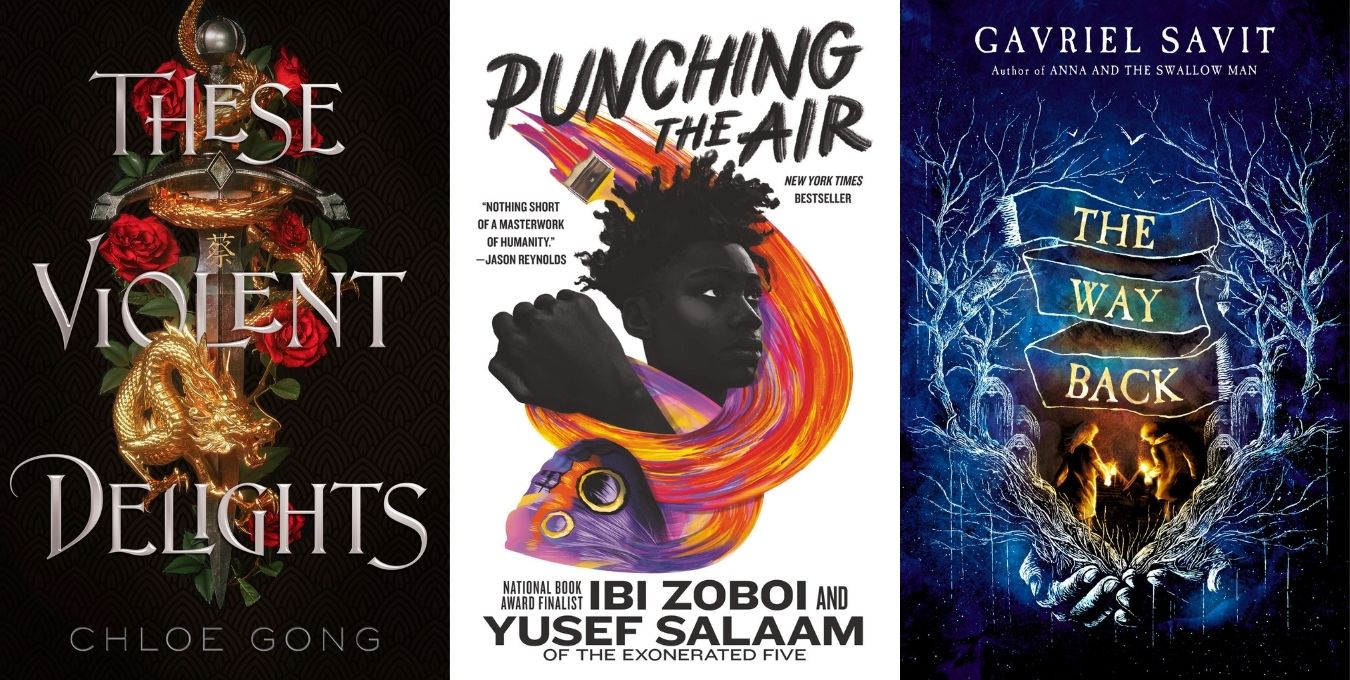Check It Out: A Petition to Add Children’s Nonfiction Lists to the NYT Bestseller Lists!

Folks, there are times when you hog the spotlight and there are times when you step out of the way. Today, we are hoping to do the latter. Melissa Stewart (whose book Summertime Sleepers recently won itself a fancy dancy Sibert Honor) alerted me to a coalition of more than 250 influential educators and librarians. What are they doing? They’re asking the New York Times to add three children’s nonfiction bestseller lists to complement the existing lists that focus on juvenile fiction.
Now, today is Valentine’s Day. It’s a day of love. A such, I would love for you to read the following letter penned by Mary Ann Cappiello, and a host of other librarians and educators. It is addressed to the New York Times and is being simultaneously posted on at least 20 children’s literature blogs, including The Classroom Bookshelf, Cynsations, A Fuse #8 Production, and Nonfiction Fest.
ADVERTISEMENT
ADVERTISEMENT
Please, join me in reading it and advocating for change:
Announcing the #KidsLoveNonfiction Campaign
This morning, Mary Ann Cappiello, Professor of Language and Literacy at Lesley University, and Xenia Hadjioannou, sent the letter below to The New York Times requesting that the paper add three children’s nonfiction bestseller lists to parallel the existing picture book, middle grade, and young adult lists, which focus on fiction.
This change will align the children’s lists with the adult bestseller lists, which separate nonfiction and fiction. It will also acknowledge the incredible vibrancy of children’s nonfiction available today and support the substantial body of research showing that many children prefer nonfiction and still others enjoy fiction and nonfiction equally.
If you support this request, please follow the signature collection form link to add your name and affiliation to the more than 200 educators and librarians who have already endorsed the effort. Your information will be added to the letter but your email address will remain private.
LETTER TO THE NEW YORK TIMES
Nonfiction books for young people are in a golden age of creativity, information-sharing, and reader-appeal. But the genre suffers from an image problem and an awareness problem. The New York Times can play a role in changing that by adding a set of Nonfiction Best Seller lists for young people: one for picture books, one for middle grade literature, and one for young adult literature.
Today’s nonfiction authors and illustrators are depicting marginalized and minority communities throughout history and in our current moment. They are sharing scientific phenomena and cutting-edge discoveries. They are bearing witness to how art forms shift and transform, and illuminating historical documents and artifacts long ignored. Some of these book creators are themselves scientists or historians, journalists or jurists, athletes or artists, models of active learning and agency for young people passionate about specific topics and subject areas. Today’s nonfiction continues to push boundaries in form and function. These innovative titles engage, inform, and inspire readers from birth to high school.
Babies delight in board books that offer them photographs of other babies’ faces. Toddlers and preschoolers fascinated by the world around them pore over books about insects, animals, and the seasons. Children, tweens, and teens are hungry for titles about real people that look like them and share their religion, cultural background, or geographical location, and they devour books about people living different lives at different times and in different places. Info-loving kids are captivated by fact books and field guides that fuel their passions. Young tinkerers, inventors, and creators seek out how-to books that guide them in making meals, building models, knitting garments, and more. Numerous studies have described such readers and their passionate interest in nonfiction (Jobe & Dayton-Sakari, 2002; Moss and Hendershot, 2002; Mohr, 2006). Young people are naturally curious about their world. When they are allowed to follow their passions and explore what interests them, it bolsters their overall wellbeing. And the more young people read, the more they grow as readers, writers, and critical thinkers (Allington & McGill-Franzen, 2021; Van Bergen et al., 2021).
Research provides clear evidence that many children prefer nonfiction for their independent reading, and many more select it to pursue information about their particular interests (Doiron, 2003; Repaskey et al., 2017; Robertson & Reese, 2017; Kotaman & Tekin, 2017). Creative and engaging nonfiction titles can also enhance and support science, social studies, and language arts curricula. And yet, all too often, children, parents, and teachers do not know about recently published nonfiction books. Bookstores generally have only a few shelves devoted to the genre. And classroom and school library book collections remain dominated by fiction. If families, caregivers, and educators were aware of the high-quality nonfiction that is published for children every year, the reading lives of children and their educational experiences could be significantly enriched.
How can The New York Times help resolve the gap between readers’ yearning for engaging nonfiction, on the one hand, and their lack of knowledge of its existence, on the other? By maintaining separate fiction and nonfiction best seller lists for young readers just as the Book Review does for adults.
The New York Times Best Sellers lists constitute a vital cultural touchstone, capturing theinterests of readers and trends in the publishing world. Since their debut in October of 1931, these lists have evolved to reflect changing trends in publishing and to better inform the public about readers’ habits. We value the addition of the multi-format Children’s Best Seller list in July 2000 and subsequent lists organized by format in October 2004. Though the primary purpose of these lists is to inform, they undeniably play an important role in shaping what publishers publish and what children read.
Adding children’s nonfiction best-seller lists would:
- Help family members, caregivers, and educators identify worthy nonfiction titles.
- Provide a resource for bibliophiles—including book-loving children—of materials that satisfy their curiosity.
- Influence publishers’ decision-making.
- Inform the public about innovative ways to convey information and ideas through words and images.
- Inspire schools and public libraries to showcase nonfiction, broadening its appeal and deepening respect for truth.
ADVERTISEMENT
ADVERTISEMENT
We, the undersigned, strongly believe that by adding a set of nonfiction best-seller lists for young people, The New York Times can help ensure that more children, tweens, and teens have access to books they love. Thank you for considering our request.
Dr. Mary Ann Cappiello
Professor, Language and Literacy
Graduate School of Education, Lesley University
Cambridge, Massachusetts
Former Chair, National Council of Teachers of English (NCTE) Orbis Pictus Award for Outstanding Nonfiction Committee
Dr. Xenia Hadjioannou
Associate Professor, Language and Literacy Education
Penn State University, Harrisburg Campus
Harrisburg, PA
Vice President of the Children’s Literature Assembly (CLA) of the National Council of Teachers of English (NCTE).
References
Allington, R. L., & McGill-Franzen, A. M. (2021). Reading volume and reading achievement: A review of recent research. Reading Research Quarterly, 56(S1), S231–S238. https://doi.org/10.1002/rrq.404
Correia, M. (2011). Fiction vs. informational texts: Which will your kindergarteners choose? Young Children, 66(6), 100-104.
Doiron, R. (2003). Boy Books, Girl Books: Should We Re-organize our School Library Collections? Teacher Librarian, 14-16.
Kotaman H. & Tekin A.K. (2017). Informational and fictional books: young children’s book preferences and teachers’ perspectives. Early Child Development and Care, 187(3-4), 600-614, DOI: 10.1080/03004430.2016.1236092
Jobe, R., & Dayton-Sakari, M. (2002). Infokids: How to use nonfiction to turn reluctant readers into enthusiastic learners. Markham, Ontario, Canada: Pembroke.
Mohr, K. A. J. (2006). Children’s choices for recreational reading: A three-part investigation of selection preferences, rationales, and processes. Journal of Literacy Research, 38(1), 81–104. https://doi.org/10.1207/s15548430jlr3801_4
Moss, B. & Hendershot, J. (2002). Exploring sixth graders’ selection of nonfiction trade books: when students are given the opportunity to select nonfiction books, motivation for reading improves. The Reading Teacher, vol. 56 (1), 6+.
Repaskey, L., Schumm, J. & Johnson, J. (2017). First and fourth grade boys’ and girls’ preferences for and perceptions about narrative and expository text. Reading Psychology, 38, 808-847.
Robertson, Sarah-Jane L. & Reese, Elaine. (Mar 2017). The very hungry caterpillar turned into a butterfly: Children’s and parents’ enjoyment of different book genres. Journal of Early Childhood Literacy, 17(1), 3-25.
Van Bergen, E., Vasalampi, K., & Torppa, M. (2021). How are practice and performance related? Development of reading from age 5 to 15. Reading Research Quarterly, 56(3), 415–434. https://doi.org/10.1002/rrq.309
If you support the request to add three children’s nonfiction bestseller lists to parallel the existing lists, which focus on fiction, please add your name and affiliation to the signature collection form.
Filed under: Guest Posts
About Betsy Bird
Betsy Bird is currently the Collection Development Manager of the Evanston Public Library system and a former Materials Specialist for New York Public Library. She has served on Newbery, written for Horn Book, and has done other lovely little things that she'd love to tell you about but that she's sure you'd find more interesting to hear of in person. Her opinions are her own and do not reflect those of EPL, SLJ, or any of the other acronyms you might be able to name. Follow her on Twitter: @fuseeight.
ADVERTISEMENT
ADVERTISEMENT
SLJ Blog Network
One Star Review, Guess Who? (#202)
Exclusive: Giant Magical Otters Invade New Hex Vet Graphic Novel | News
Parsing Religion in Public Schools
Take Five: LGBTQIA+ Middle Grade Novels
ADVERTISEMENT

